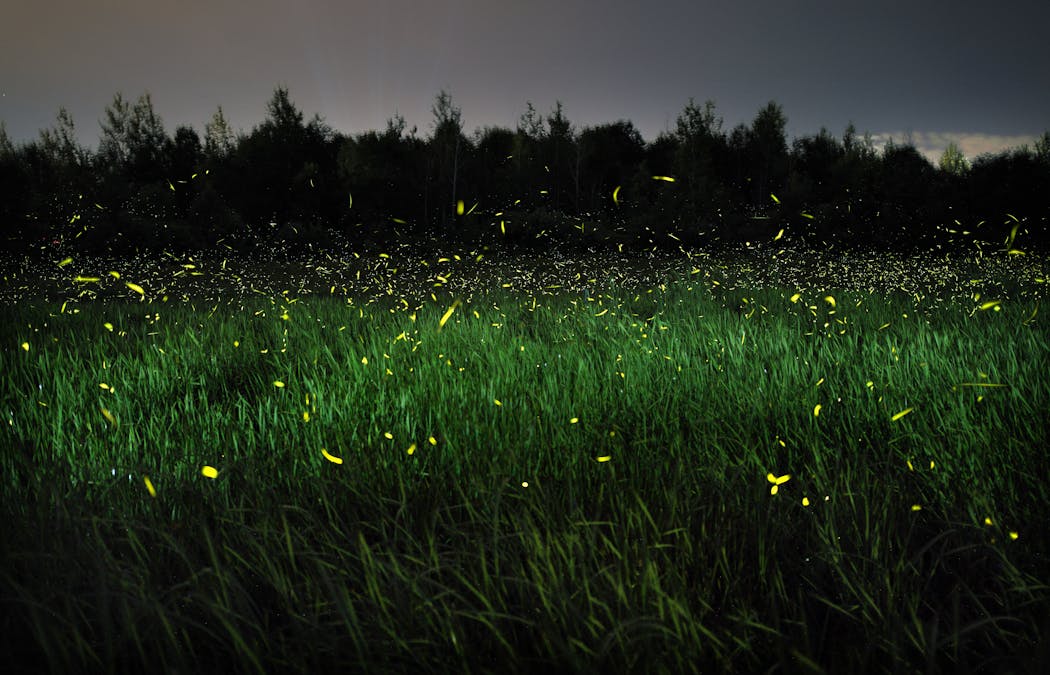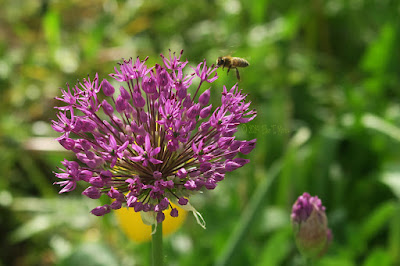
Monday, July 22, 2024
Tuesday, June 11, 2024
Burdock
THANKS FOR YOUR VISITS, FAVS AND COMMENTS. AS ALWAYS, APPRECIATED VERY MUCH!© ALL RIGHTS RESERVED BY ELISE T. MARKS. PLEASE DO NOT USE THIS IMAGE ON WEBSITES, BLOGS OR ANY OTHER MEDIA WITHOUT MY EXPLICIT WRITTEN PERMISSION.MY PHOTOGRAPHS ARE AVAILABLE FOR PURCHASE
MY PHOTOGRAPHS ARE AVAILABLE FOR PURCHASE
Disclaimer
My blog is meant to inform and I strive to be totally accurate. It is solely up to the reader to ensure proper plant identification. Some wild plants are poisonous or can have serious adverse health effects.
Saturday, June 1, 2024
Chickens
Thursday, May 23, 2024
Honeysuckle
My photographs are available for purchase through EliseCreations.netThanks for your visits, favs and comments. As always, appreciated very much!© all rights reserved by Elise T. Marks. Please do not use this image on websites, blogs or any other media without my explicit written permission.
Disclaimer
My blog is meant to inform and I strive to be totally accurate. It is solely up to the reader to ensure proper plant identification. Some wild plants and mushrooms are poisonous or can have serious adverse health effects.
Painted Turtles On World Turtle Day
Duckweed, or water lens, are flowering aquatic plants which float on or just beneath the surface of still or slow-moving bodies of fresh water and wetlands. Also known as "bayroot", Duckweed is an important high-protein food source for waterfowl and also is eaten by humans in some parts of Southeast Asia. The tiny plants provide cover for many aquatic species. Duckweed is being touted as a miracle plant for many reasons including: Cost effective renewable energy, biofuel Water filter, Mosquito prevention, Prevents algae growth, Reduces evaporation on bodies of water, Virtually free animal feed, Food for humans.
Sunday, May 19, 2024
World Bee Day!
Tips to help save the bees:
Plant diverse types of flowers in your landscape. Make sure you have something in bloom from April through the hard freezes of early November. The most critical time for bees is early spring.
Avoid purchasing plants that may have been treated with insecticides which could harm bees and other insects when they collect the plant’s nectar or pollen. Purchase plants that are labeled as neonicotinoid-free or better yet, GO ORGANIC.
Orange-belted Bumblebee
on ground ivy, also known as creeping charlie. Bombus ternarius, or tricolored bumblebee, is a yellow, orange and black bumblebee. It is a ground-nesting social insect whose colony cycle lasts only one season, common throughout the northeastern United States and much of Canada.
THANKS FOR YOUR VISITS, FAVS AND COMMENTS. AS ALWAYS, APPRECIATED VERY MUCH!© ALL RIGHTS RESERVED BY ELISE T. MARKS. PLEASE DO NOT USE THIS IMAGE ON WEBSITES, BLOGS OR ANY OTHER MEDIA WITHOUT MY EXPLICIT WRITTEN PERMISSION.MY PHOTOGRAPHS ARE AVAILABLE FOR PURCHASE
MY PHOTOGRAPHS ARE AVAILABLE FOR PURCHASE
Saturday, May 18, 2024
Enjoying Spring In Vermont
Thank you Ashley Jones for taking this photo.










































